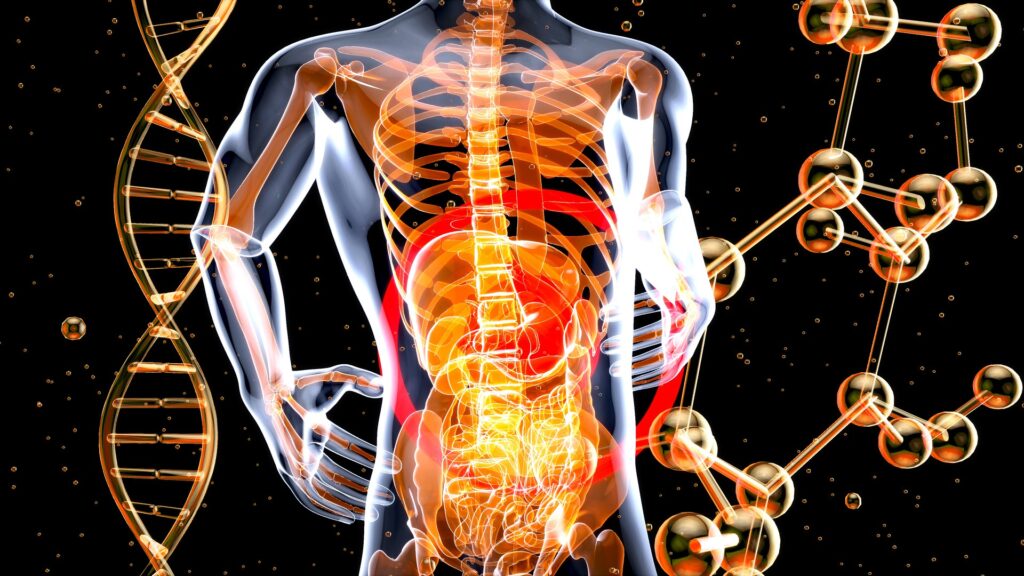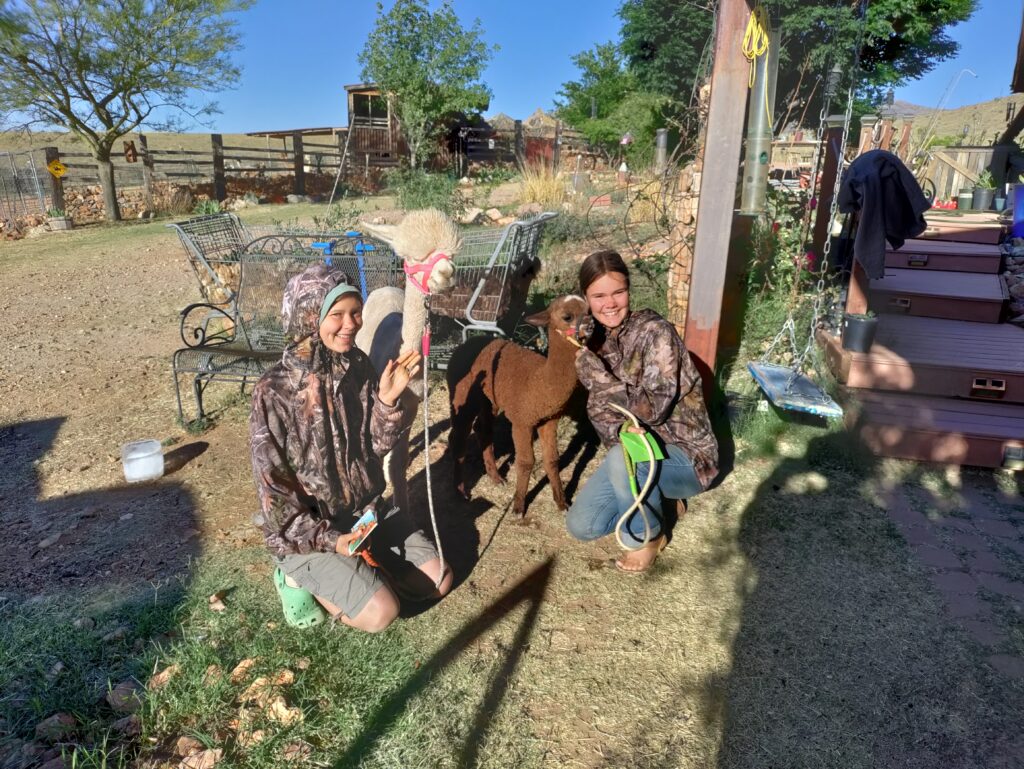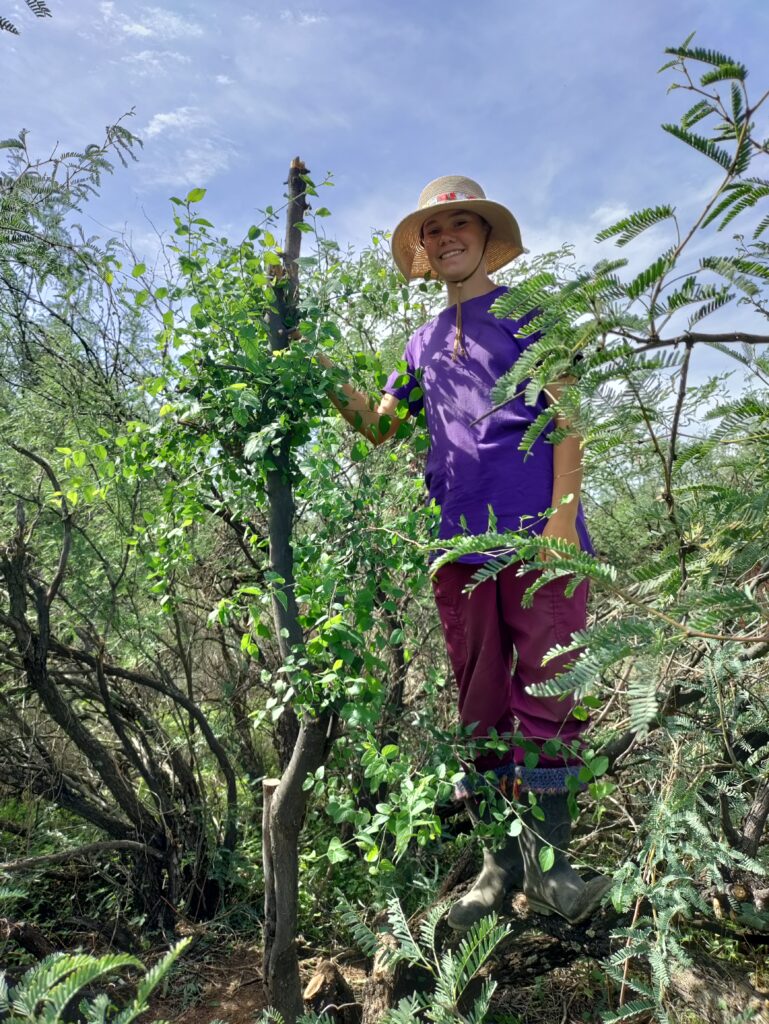Oxymoron? Contradiction in terms? If that's your opinion of microbes, I hope to change it as I share some revolutionary discoveries you may not be completely aware of! Microbes are one of the marvels of creation that demonstrate intelligent design and pretty much every surface on earth is covered with them. It's estimated that our bodies have 10 times as many living microbes as we have human cells! The collection of microbes (eg. bacteria, viruses, fungi) in a specific area (eg. mouth, gut, eye, skin, leaf, rock, iceberg, geyser) are called a microbiome. It appears that we were designed to have a symbiotic relationship with our microbiome. They depend on us and we depend on them. We were created for each other. This comes as no surprise to those who believe in the Creator. Technology allowing us to make these amazing discoveries has come a long way since our Founding Fathers wrote:
“We hold these truths to be self-evident, that all men are created equal, that they are endowed by their Creator with certain unalienable Rights…”
-Declaration of Independence

Human health is so intertwined with the microbiome that some people are calling it a newly discovered organ. Like fingerprints, everyone's microbiome is unique and consists of thousands of different species of microbes acquired over a lifetime. Multiple studies of children who are raised in a rural or farm-type environment as compared to those raised in a more sterile, urban environment have found that the rural kids' immune systems are much better able to control pathogens. Good health in various parts of our body relies on numerous species of microbes - the more variety the better.
Our immune system learns the difference between beneficial microbes (ie. probiotics) and harmful microbes (ie. pathogens) and probiotics actually help us learn the difference. They aid us in many different ways! Some other examples of benefits include the digestion of food and extraction of nutrients, keeping our skin supple, fighting internal and external pathogens, and much more. Bacteriophages are a type of virus that both infects pathogens and camouflages good bacteria to protect it from our immune system. Some probiotics actually alert our immune system when pathogens show up. Did you catch that? There's communication going on between us and them. For example, for every one message that goes down the vagus nerve from the brain to the gut there's 10 that come back up. Our immune system is now also called the microbe interface system because it's designed to facilitate all kinds of communication between us and them. The languages used are being studied as this is written. Technology improvements just over the last few decades have allowed many more people to participate in the ongoing research. It is leading to a complete overhaul of everything we thought we knew about human health and other aspects of life. Because new information is coming out all the time it takes a while for it to trickle out into the consciousness of the general population. Textbooks can't even keep up so students are often taught incorrect information that was once thought correct. Industries such as healthcare and agriculture are being turned upside down. Naturally, many are consciously or unconsciously ignorant of all the new information coming out and many others are downright resistant for a variety of reasons. For many generations what was known about microbes is that they cause infection and disease. This resulted in the "kill, kill, kill" mentality that is still a widely-held belief. What we now know is that only a small minority of microbes are harmful and that symbiosis - a well-balanced microbiome - keeps bad guys in check while dysbiosis - an out-of-balance microbiome with a disproportionate number of bad guys - is typically the result of a "kill, kill, kill" approach. In other words, the use of antiseptic, antibacterial, antibiotic or biocide (eg. herbicides, pesticides, fungicides - "cide" means kill) products creates dysbiosis - an inviting environment for pathogens to move in and take over. Whereas a robust microbiome makes it very difficult for pathogens to gain any momentum. Let's illustrate with mold. One type of fungi is known as toxic mold. Pathogenic mold doesn't do very well competing in the wild where there are a zillion microbes of every kind everywhere. It's in the built environment where innumerable chemicals are often used to suppress most microbes that harmful mold thrives for lack of competition. Fresh air ventilation goes a long way towards preventing toxic mold from taking root. Pathogen species of all types almost always have survivors after every chemical attack. In the meantime most of their competition has been wiped out. These survivors reproduce offspring that are genetically resistant to the chemicals used. Repeated attempts with more and harsher chemicals (anything that kills microbes will not only affect your microbiome, it will also affect your own cells) produces ever-hardier pathogens. This likely contributed to mold becoming a bigger problem for people in recent decades. It's also creating an epidemic of "superbugs" (aka. multi-drug-resistant germs). These are also known as hospital-acquired infections because the attempt to create a sterile hospital environment actually creates a selective breeding environment for superbugs! Animals and plants also have microbiomes. In fact, studies done on animals taken from the womb and kept in sterile environments resulted in overall ill health for those animals. And they were much more vulnerable to smaller numbers of pathogens than animals that had acquired a robust microbiome.

Some truly amazing discoveries in plant and soil microbiomes is contributing to important advancements in more nutritious food production. The line between plant and soil microbiomes is kind of fuzzy. Plants live in soil along with their microbiome. Different plants have different microbiomes. Perennials generally prefer a more fungi-dominant microbiome and annuals a more bacteria-dominant one. Plant microbiomes perform many of the same functions as ours do such as nutrient uptake and pathogen protection. And plants have the ability to regulate them just like our microbe interface system does. For example, many microbes live in the roots of plants. They benefit from sugars produced by the plant and supplied by the roots. In exchange, they extract things like water and minerals out of the soil and supply it the plants. There's communication going on between them. Depending on environmental conditions plants may request certain nutrients that the microbes then extract and supply for them. Or the plants can change their microbiome by changing what food they supply for microbes. We can also change our microbiome in a matter of days by changing what we eat (surprise: junk food feeds the bad guys and healthy food feeds the good guys). In addition to an array of biocides mentioned above, conventional agriculture also utilizes chemical fertilizers and tilling methods that obliterate life in the soil. Then all kinds of chemical inputs are needed. It's like putting plants on an IV for life support. All these chemicals are trying to do the job that a healthy microbiome would do - pathogen control and nutrient uptake - if the microbiome wasn't constantly being wrecked. As an aside, healthy plants also produce their own pest deterrents so bugs will ignore them and go for the unhealthy ones - the ones on life support. All these chemicals create a vicious cycle for plants and increase the toxin load in those who eat them (for more information on how we got here lookup "The Green Revolution" that started many decades ago and was spread around the world with funding from the Rockefellers, among others). A person can appear perfectly healthy to others and yet feel horrible on the inside. It's the same with plants except they can't tell you. But there are ways to test the nutrient density of fruits and vegetables and they tell us that plants with a healthy microbiome are also more nutritious. Healthy animals are also more nutritious when we eat them. A healthy soil microbiome leads to healthy plants which leads to healthy animals and healthy people. Hopefully this crash course on microbiomes stimulates your thinking. It also explains why we do certain things the way we do at Sabbatical Ranch. We're building healthy soil, plants, animals and people. You can stay up to date on creation science topics by reading journals published by the Institute for Creation Research, Answers in Genesis, and others.
“By faith we understand that the worlds were prepared by the word of God, so that what is seen was not made out of things which are visible [to the naked eye?].” (Hebrews 11:3)




Pingback: Plant the Rain, Grow the Soil, Reap the Harvest – Sabbatical Ranch
Pingback: Tested by Extreme Weather Events – Sabbatical Ranch
Pingback: Resilient Agriscaping Invites You to Our Free Classes – Sabbatical Ranch
Pingback: WHAT IS IT? – Sabbatical Ranch